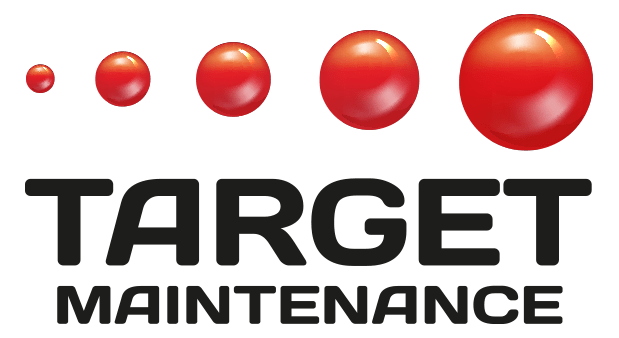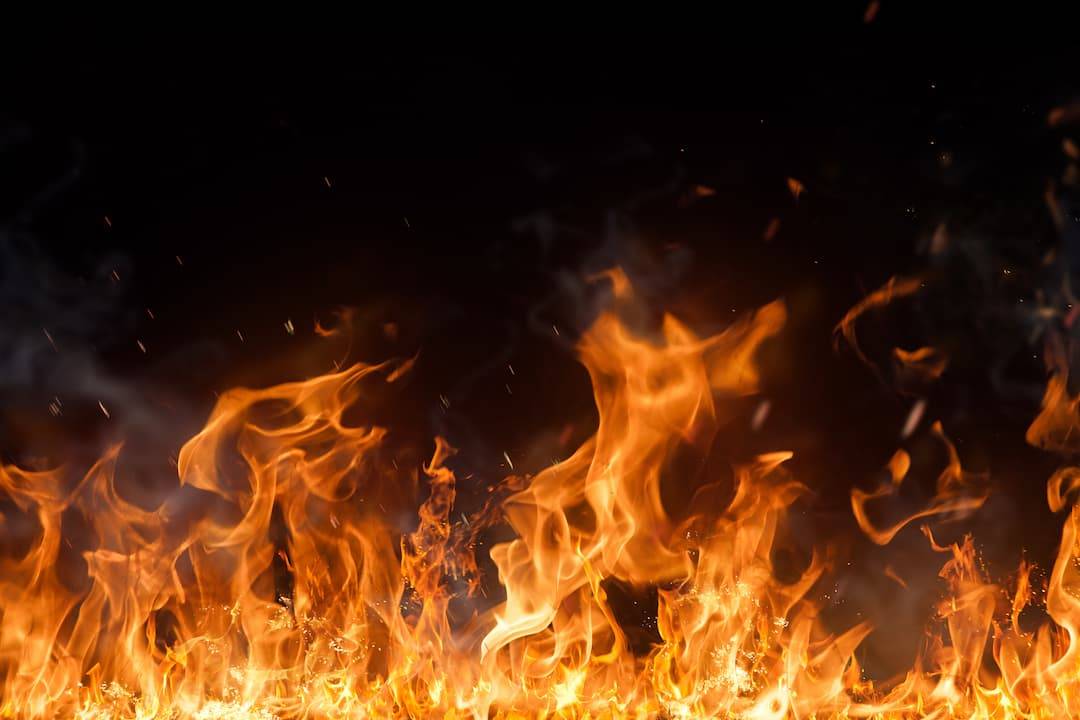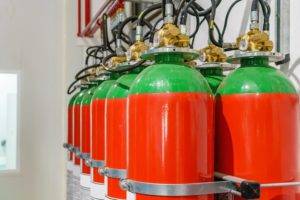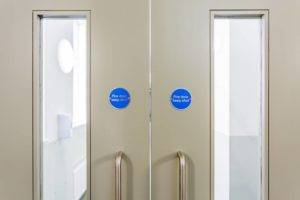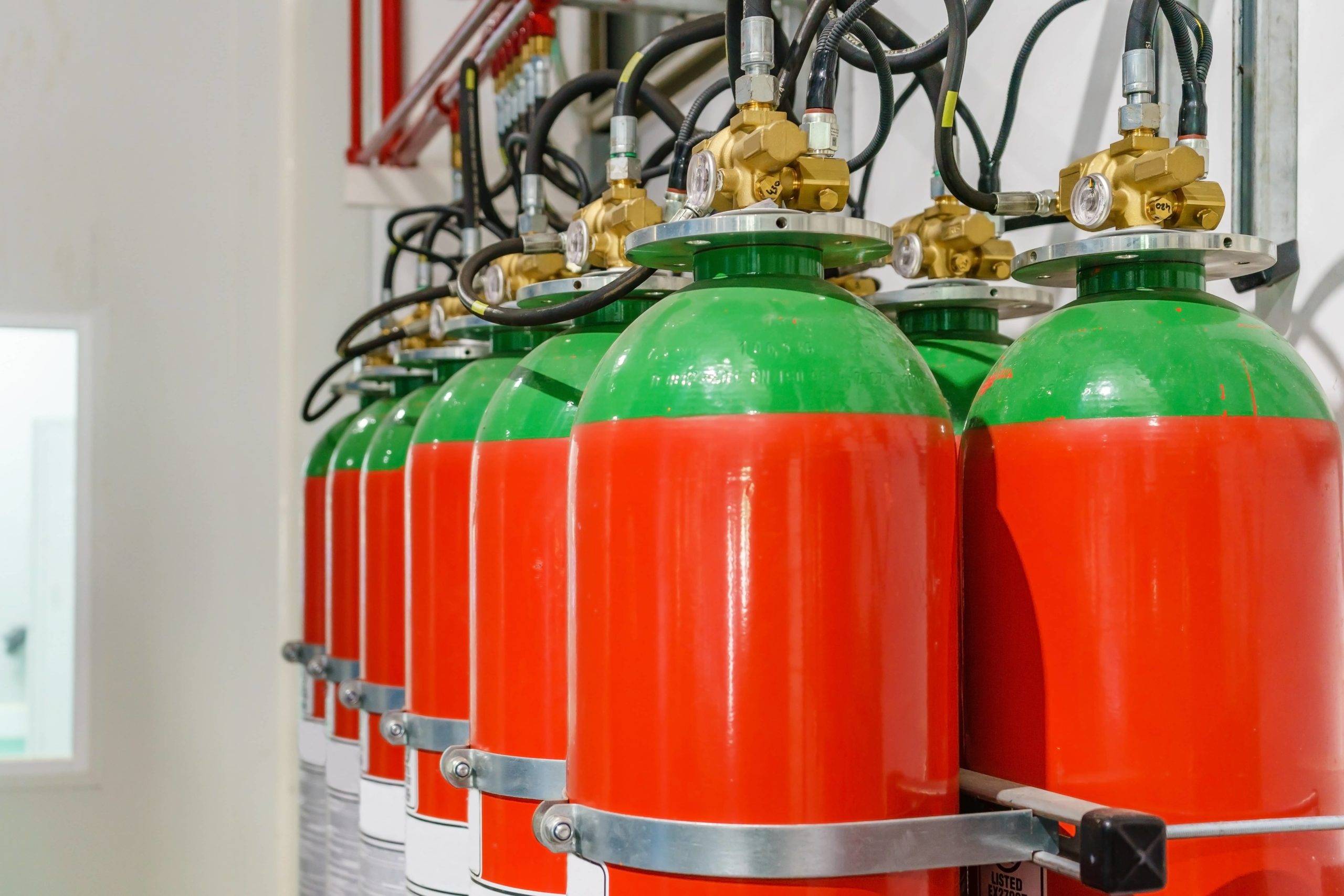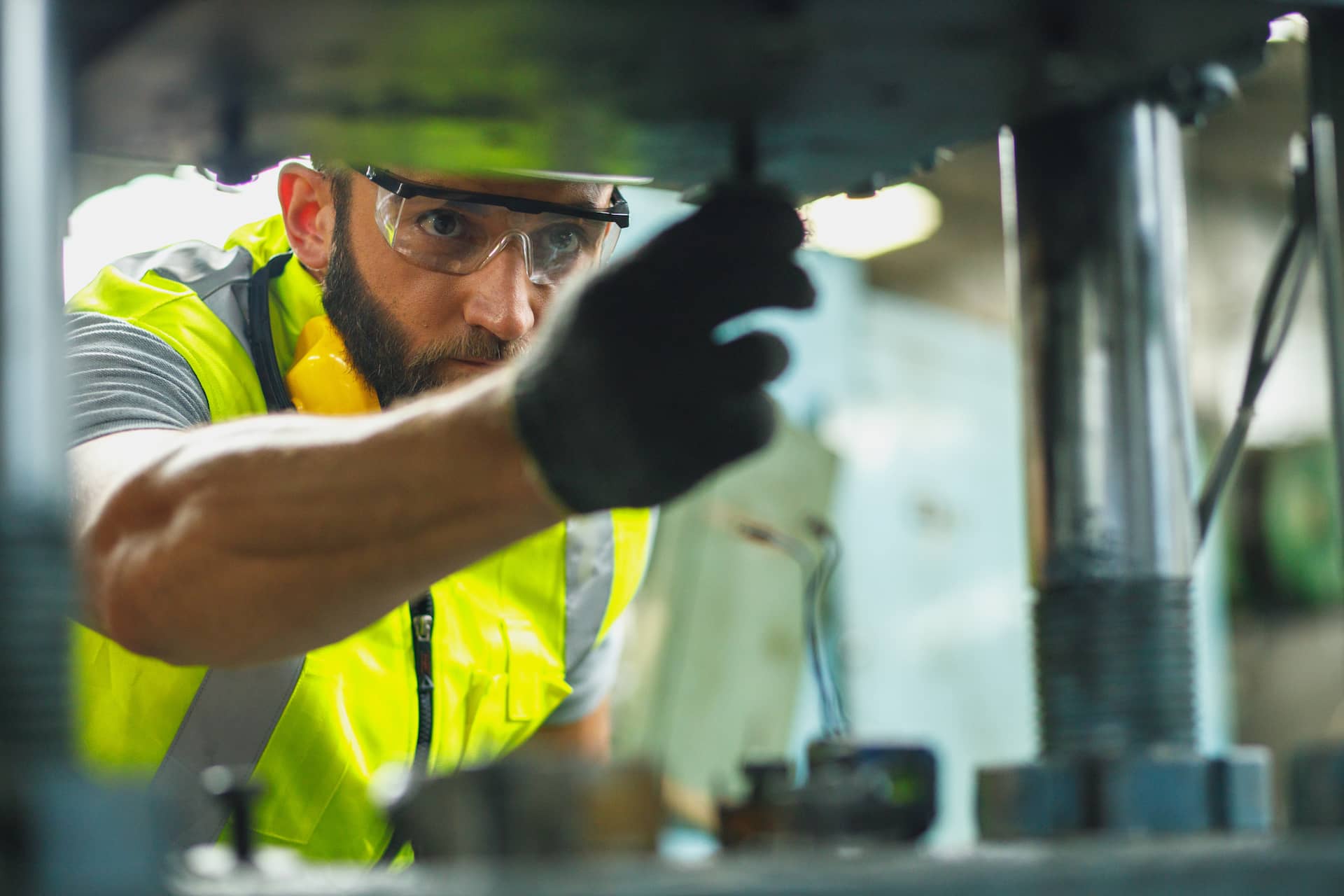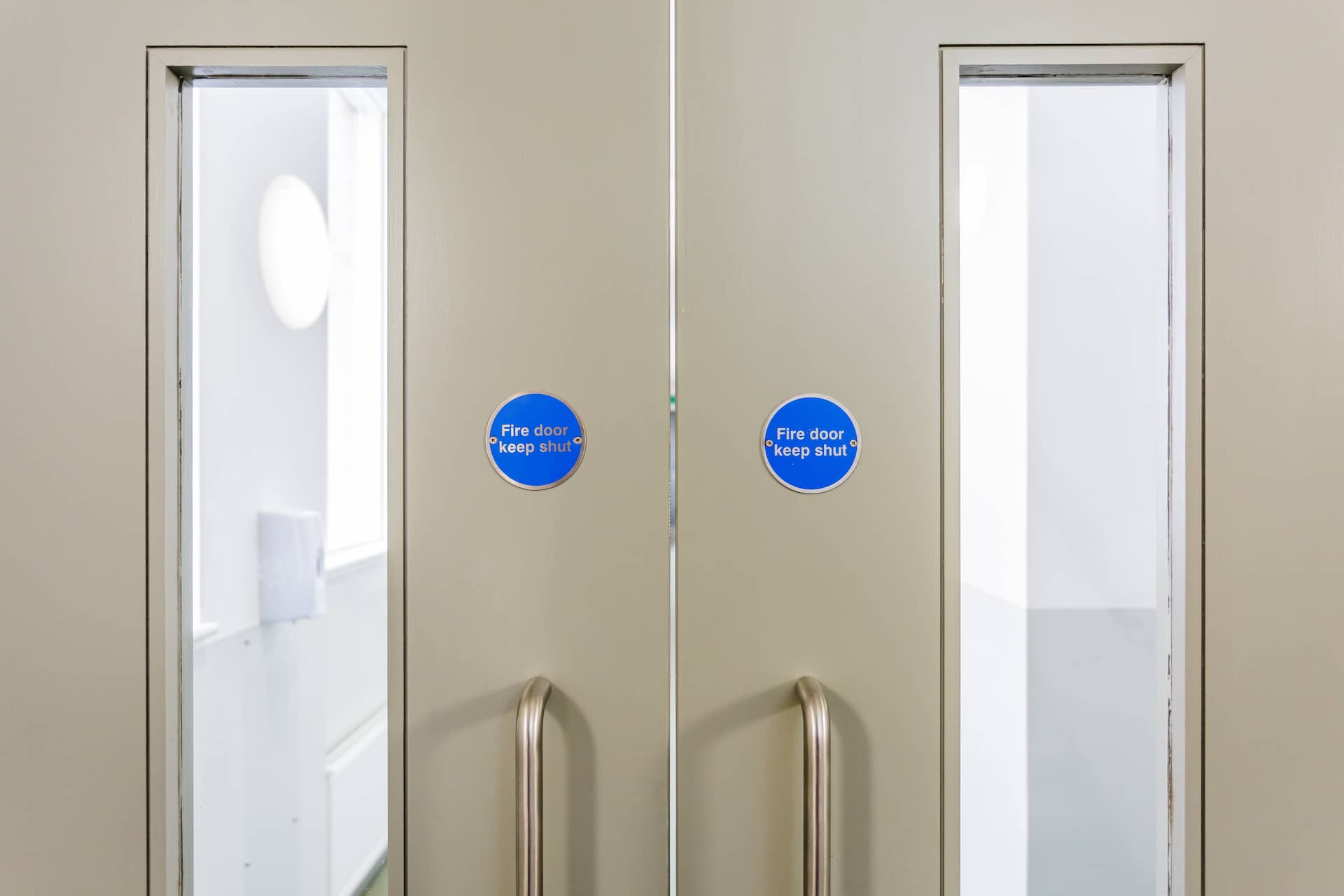Fire spreads fast, and the damage can be absolutely devastating. Many people do not realise the speed at which a fire can take hold of a building, and just how much destruction it can cause in such a short period of time. Luckily, there are ways the spread of fire can be slowed down and managed. Here, we will discuss the different forms of fire safety such as fire stopping, and how they work to contain a fire effectively.
HOW DOES FIRE SPREAD?
So, let’s start by working out how fire can actually spread throughout an environment in such a quick and direct manner. A fire cannot be ignited or survive without a constant flow of fuel to burn through, and will burn out once this fuel supply has been removed or completely depleted. There are many different elements in a household or a workplace that can act as a suitable fuel for a spreading fire, many of which are commonplace in most environments! It is important to know how this can spread, and how you are able to prevent this from happening if possible. Below are some of the main factors that can lead to a fire spreading quickly through an environment:
- Chemicals: When a fire comes in contact with chemicals and everyday cleaning products, the fire has the ability to burn more aggressively, encouraging it to spread throughout the building. It is important to keep these materials locked in safe areas such as a COSHH cupboard and make sure they are not stored on any fire routes in the workplace or in a communal riser cupboard.
- Open Space: A building with a wide-open area and few obstacles burn much faster than an area with segregated hallways, doors and other obstacles that could potentially block the path of the spreading fire. Walls and doors trap the fire and prevent the flames and smoke from spreading further, even if this delay is only temporary. While the fire will eventually burn through the structure and continue to spread if left to its own devices, it provides a good amount of time for fire fighting teams to arrive and gives a much more manageable area to work with and prevent the fire from spreading.
- Construction Materials: While a fire can burn through most modern buildings, fire-resistive buildings made of concrete and steel can deter the spread of fire better and as such, are better in the event of a fire.
- Ventilation Systems: Buildings with central heating or air conditioning have air ducts and a clear ventilation system that works through the building, providing a clear path for fire to take should it work its way through the vents. This can even affect buildings built from fire-resistant materials like concrete or steel, so it is a factor to consider when creating fire-safety precautions.
- Water: Yes, you read that one right. In certain situations, water may not be the best fire extinguisher to use. Grease fires can actually spread faster when doused with water. A special fire extinguisher can be used to suffocate the fire and eliminate the oxygen source from the fire, stopping it in its tracks.
CONTAINING A FIRE
Physically containing a fire is an effective way of stopping flames from spreading. This means shutting doors and creating barriers that will slow down the spread of flames. This may not contain the fire completely but will allow you enough time to exit the building and alert the Fire Brigade to help to keep the fire contained.
STARVING THE FIRE
Just as flammable materials can fuel a fire, oxygen is just as important when it comes to keeping a fire burning consistently. Without oxygen, a fire cannot spread and will die down. Cutting a fire’s oxygen supply can be an important step in stopping the spread of a fire through the workplace, and will give more time to evacuate the area. Throwing fire-resistant materials over a smaller fire can often stifle it.
FIRE EXTINGUISHERS
In a workplace, having the right equipment to tackle a fire could be crucial, and being equipped for this could be the difference between life, death and escaping the building safely. Fire extinguishers are a legal requirement to have in easily accessible areas around your workplace and knowing which type of fire extinguisher to have in different workplace environments could make all the difference.
FIRE DOORS
When it comes to protecting your workplace from the dangers that a fire poses, you need doors made of fire-resistant materials that are able to withstand extreme temperatures in the event of a fire. This is where fire doors are an absolute requirement. Fire doors are constructed of fire-resistant materials like timber, glass, steel, etc. The main purpose of using a fire door in a building is to restrict the spread of fire and delay this process for enough time to allow the building to be cleared of all workers/ building users effectively and safely. There are two primary advantages of using fire doors:
- Fire doors are instrumental in the safe and efficient evacuation of workers in the building.
- Due to the purpose of a fire door, they also keep the level of damage to the rest of the building to a minimum.
FIRE COMPARTMENTATION
To reduce the spread of a fire, there are fire risk assessors available to conduct an FRA (Fire Risk Assessment) on your building. That will likely highlight areas of weakness in the building that would allow a quicker spread of a fire. This could be ceiling voids, door frames, riser cupboards not sealed correctly or utility routes through a building that provide an easy route for both fire and smoke to travel.
When completing fire compartmentation or fire stopping works, your building would slow the spread of a fire or contain it in an areas for a period of time. This can be for 30, 60 or up to 120 minutes dependent on the materials and methods used to separate and secure each area of the building. Fire Boarding, seals, fire collars and others designed options are available to minimise any fire/smoke spread risk.
PREVENTION IS BETTER THAN CURE
The very best way that you are able to stop a fire, is by maximising your effort to prevent a fire from breaking out in the first place. Prevention is definitely better than cure, and it is important that the layout of a workplace is carried out with fire safety at the front of your mind. By taking extra measures to make sure your workplace is as safe as possible in terms of fire prevention, you may not stop a fire from occurring, but you give yourself the best possible chance of stopping a fire in its tracks should it happen.
It is always important to have precautions in place so that in the event of a fire, you would be able to minimise the risk of danger to life and maximise the amount of time given to get everyone out of the building safely. We think the safety of you and your colleagues should be absolutely paramount in your workplace and strive to keep our customers as safe as possible in the event of a fire. To find out more about how we could help you keep the highest standards when it comes to fire safety, please don’t hesitate to reach out! Our team will be at hand to answer your questions.

